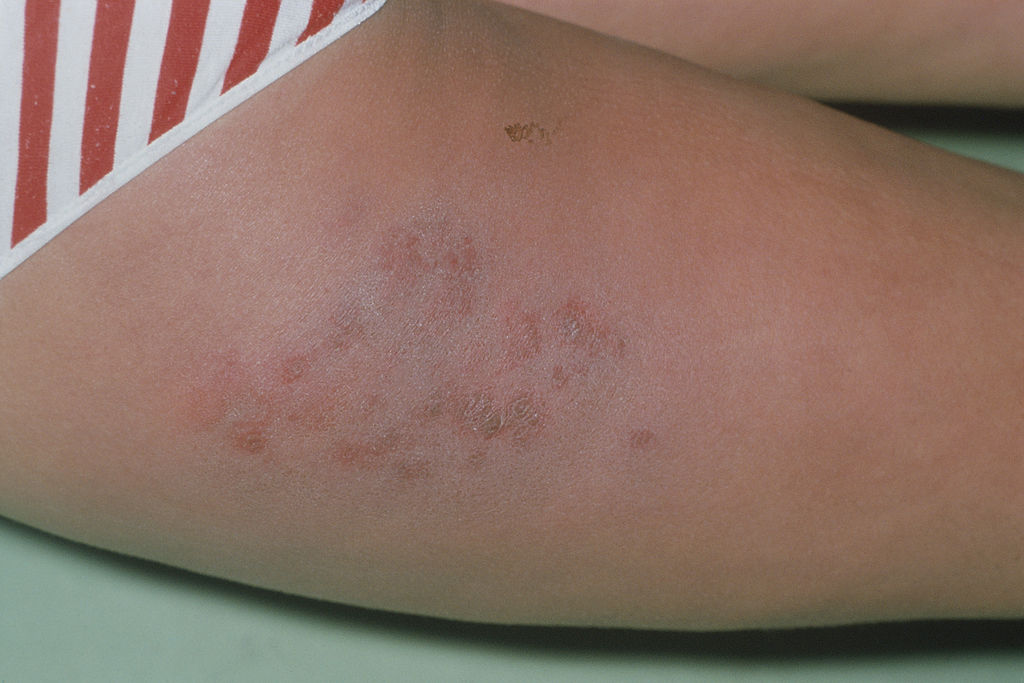The incidence of chilblains increased during the COVID-19 pandemic, study data published in JAMA Dermatology demonstrates. This change may have been due to increased care-seeking by patients during the pandemic, changes in behavior under shelter-in-place orders, or a possible causal interaction with COVID-19.
Prior studies have described chilblains as a possible cutaneous manifestation of COVID-19, although the reasons for this correlation are unclear. To better understand this potential association, investigators conducted a retrospective cohort study of patients treated within the Kaiser Permanente Northern California system between January 2016 and December 2020.
Health plan members of all ages were eligible for enrollment. The incidence of chilblains during the COVID-19 pandemic period, defined as from April 1 to December 31, 2020, was computed. Age-, sex- and race/ethnicity-specific incidence rates were also reported. These incidence rates were compared to rates during the same months of the prior years. In addition, to assess the potential causal relationship between COVID-19 and chilblains, the number of COVID-19 cases in a particular month were compared with the number of chilblains cases in the following month for 23 geographic locations within northern California. The Spearman rank correlation coefficient was used to measure the correlation between COVID-19 diagnosis and chilblains incidence.
Continue Reading
A total of 780 chilblains cases were identified from April through December 2020, among whom 59.5% were women and 40.5% were men. Mean age was 36.8 ± 21.8 years. The total number of chilblains observed during the same months of 2016 through 2019 was 539, indicating significantly increased incidence during the pandemic. The demographic features of chilblains cases differed between the pre- and post-pandemic periods: the percentage of men increased (31.4% vs 40.5%; P <.001) and the mean age decreased (44.7 vs 36.8 years; P <.001). Also, the percentage of patients with a history of Raynaud syndrome or rheumatologic disorders decreased substantially during the pandemic period. Before the pandemic, the overall annual incidence rate of chilblains was 5.2 cases (95% confidence interval [CI], 4.8-5.6) per 100,000 person-years. During the pandemic, the estimated annual incidence rate rose to 28.6 (95% CI, 26.8-30.4) per 100,000 person-years.
School-aged children had the highest incidence of chilblains during the pandemic, with rates more than double those of other age groups. Asian American and White patients had significantly greater rates of chilblain diagnosis compared with Black and Latinx patients. However, compared with other race/ethnicity strata, Latinx patients had the greatest incidence of COVID-19 diagnosis.
Across 207 location-months, COVID-19 incidence was mildly correlated with chilblains incidence 30 days later (Spearman coefficient: 0.18; P =.01). During the pandemic period, 58.5% of the patients with chilblains underwent diagnostic testing for severe acute respiratory syndrome coronavirus 2 (SARS-CoV-2), among whom 3.7% were positive. Just 2% of these patients received their positive test results within 6 weeks of their chilblains diagnosis. A sub-cohort of 360 patients with photographs taken at the time of chilblains diagnosis was used to compare morphological characteristics of chilblains over time. Compared with chilblains cases diagnosed before the pandemic, cases diagnosed during the pandemic were more likely to involve only the feet (58.5% vs 81.7%; P <.001).
Study limitations include limited COVID-19 testing access in certain locations and the potential undercounting of asymptomatic COVID-19 cases during the early pandemic months.
The investigators noted that the reasons for the association remain unexplored; increased care-seeking behaviors during the pandemic may have led to incidental discovery of chilblains. Patients may have also changed their behavior during the pandemic in such a way that increased risk for chilblains, they suggest. Further research is necessary to better explain this etiologic relationship.
Reference
McCleskey PE, Zimmerman B, Lieberman A, et al. Epidemiologic analysis of chilblains cohorts before and during the COVID-19 pandemic. JAMA Dermatol. Published online June 23, 2021. doi:10.1001/jamadermatol.2021.2120
This article originally appeared on Dermatology Advisor
this content first appear on medical bag

